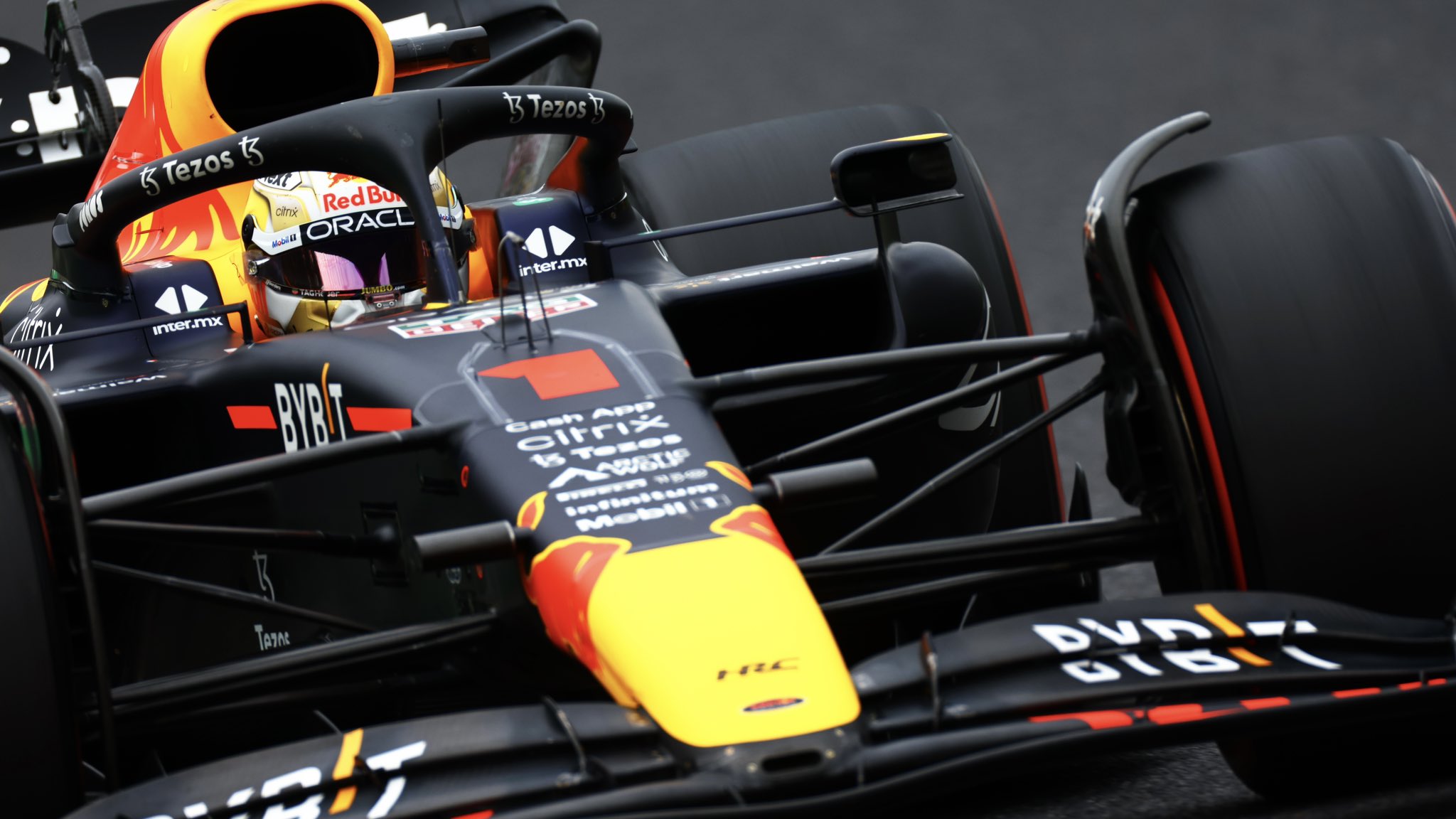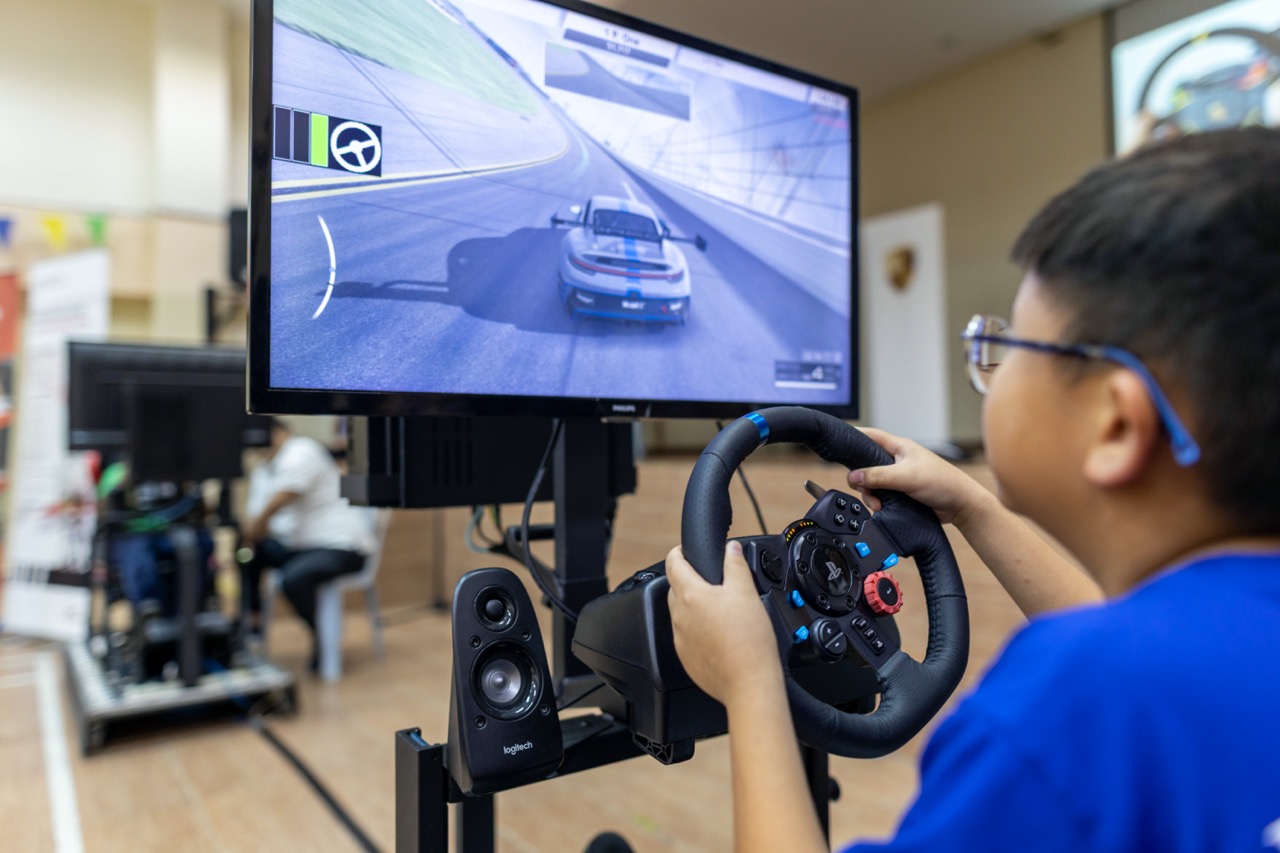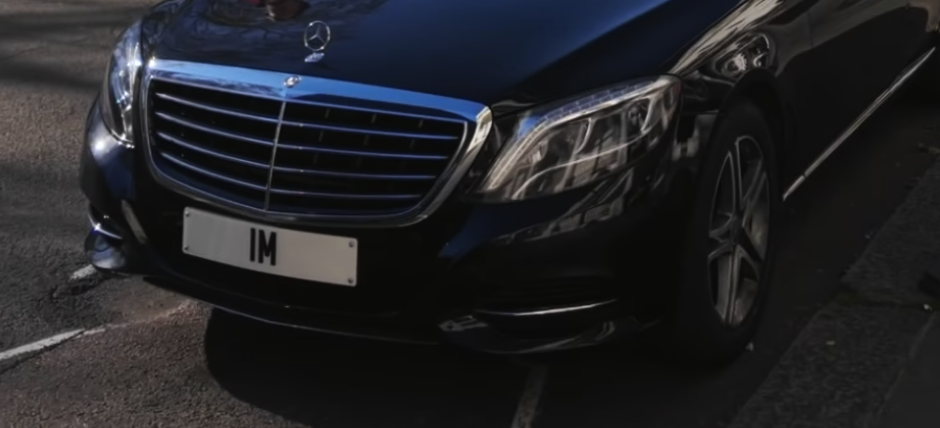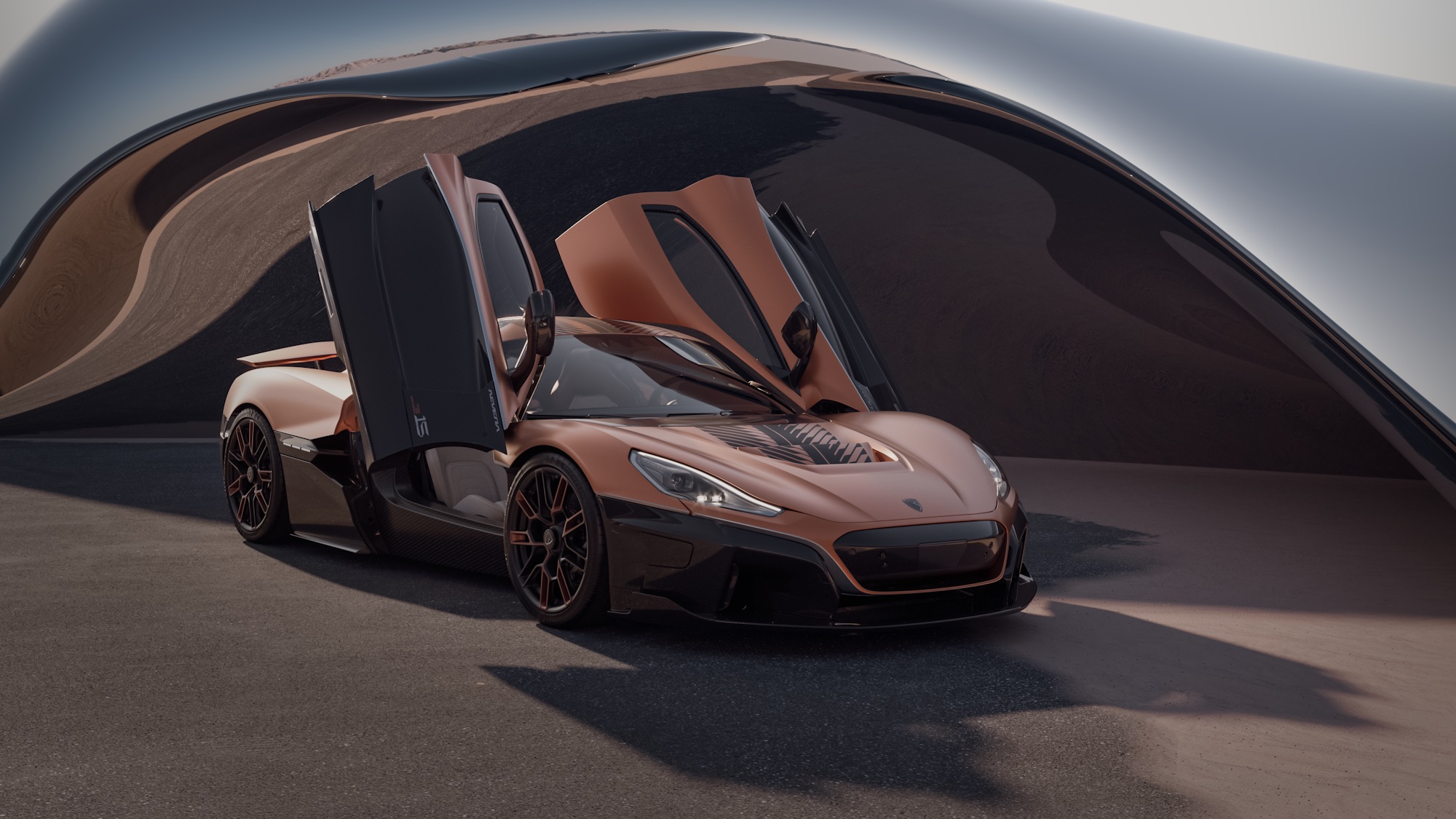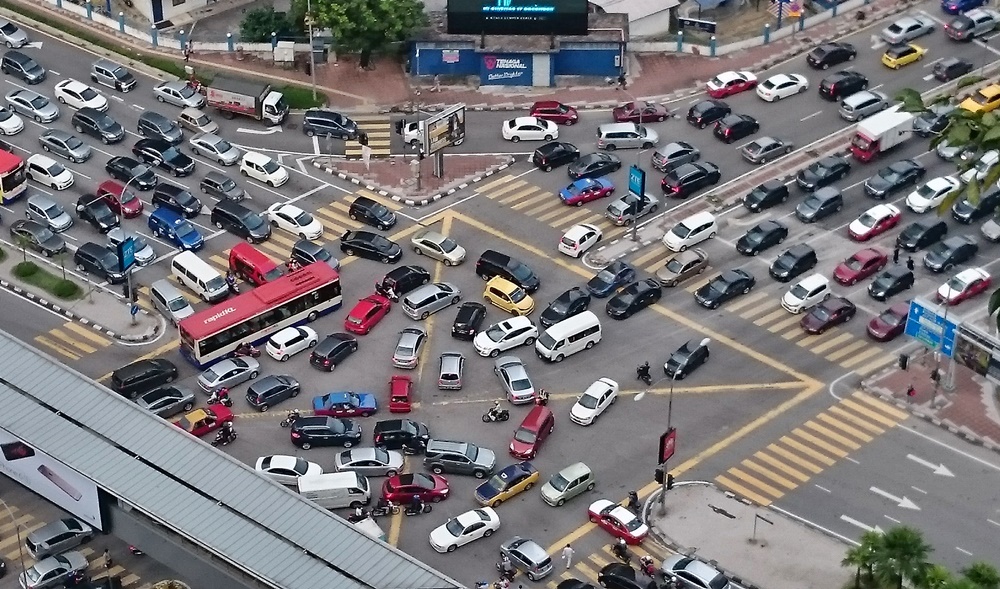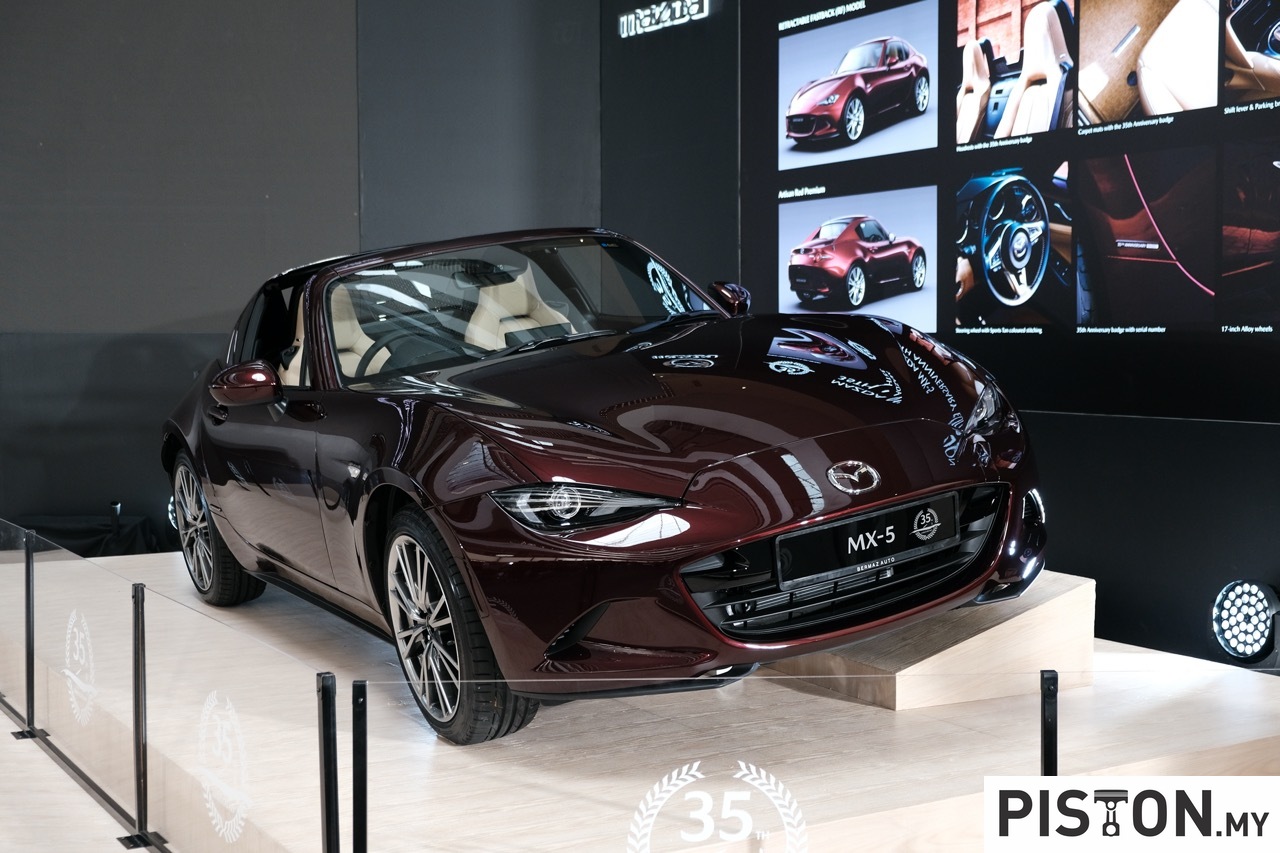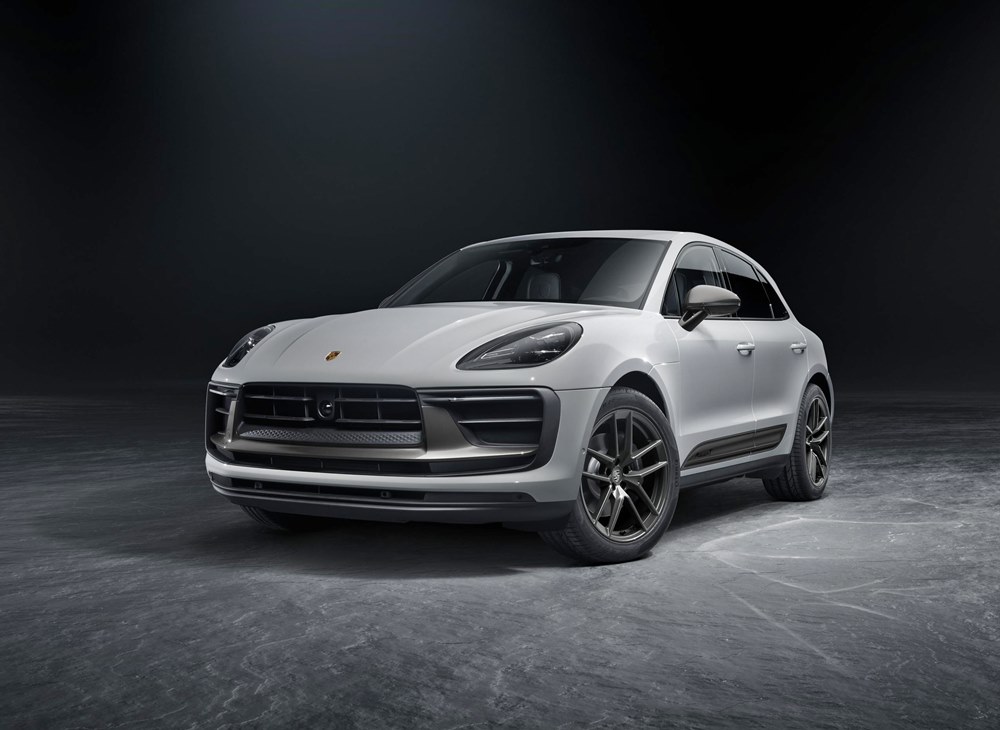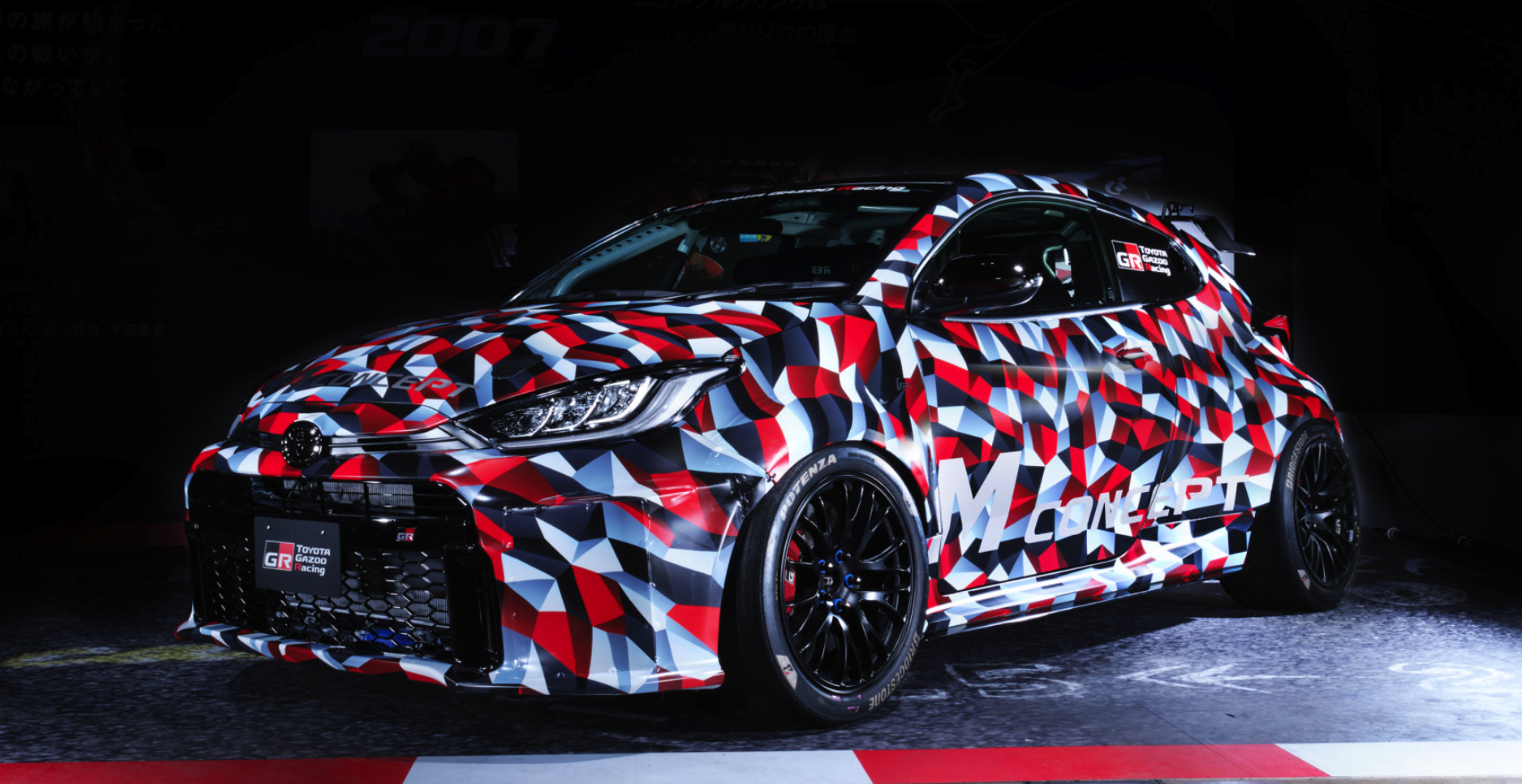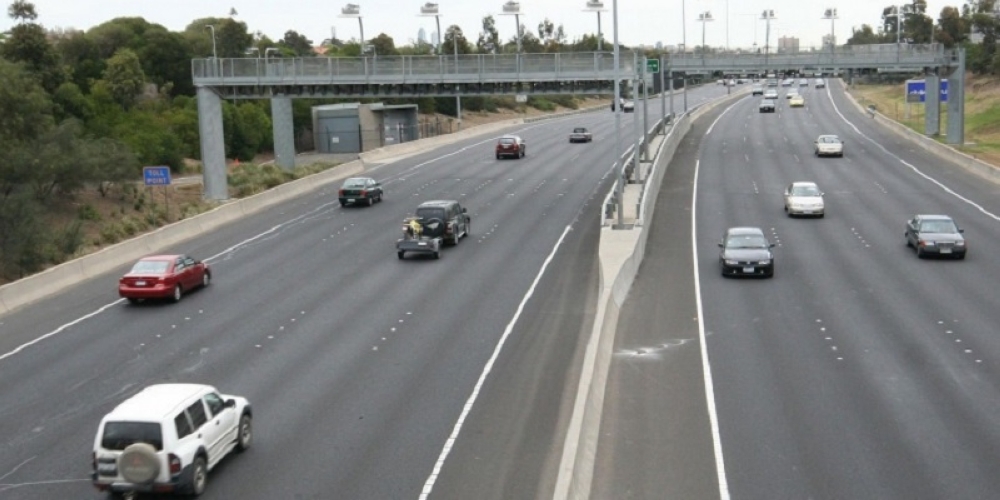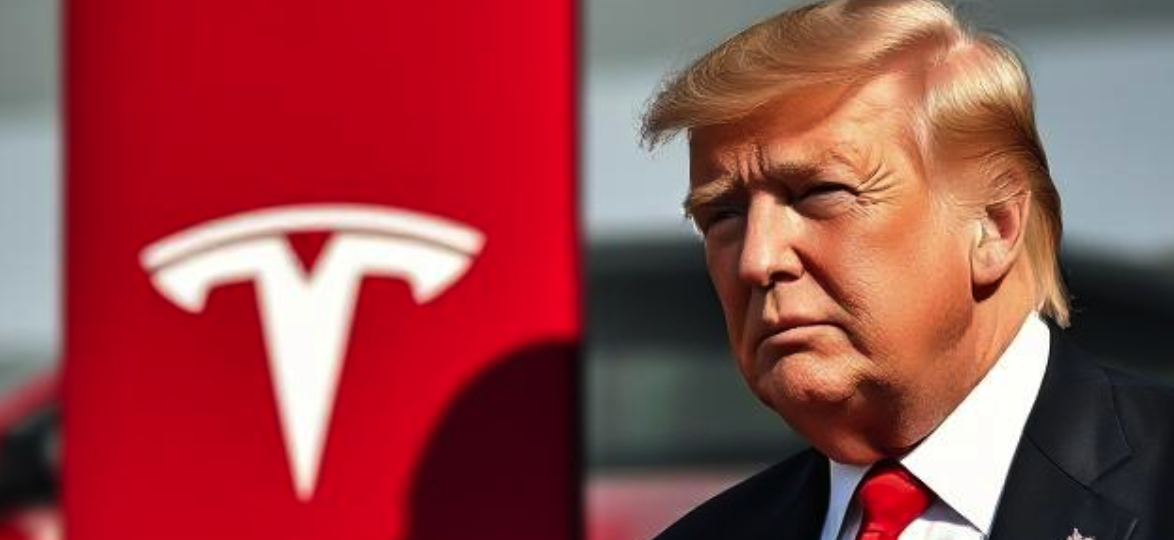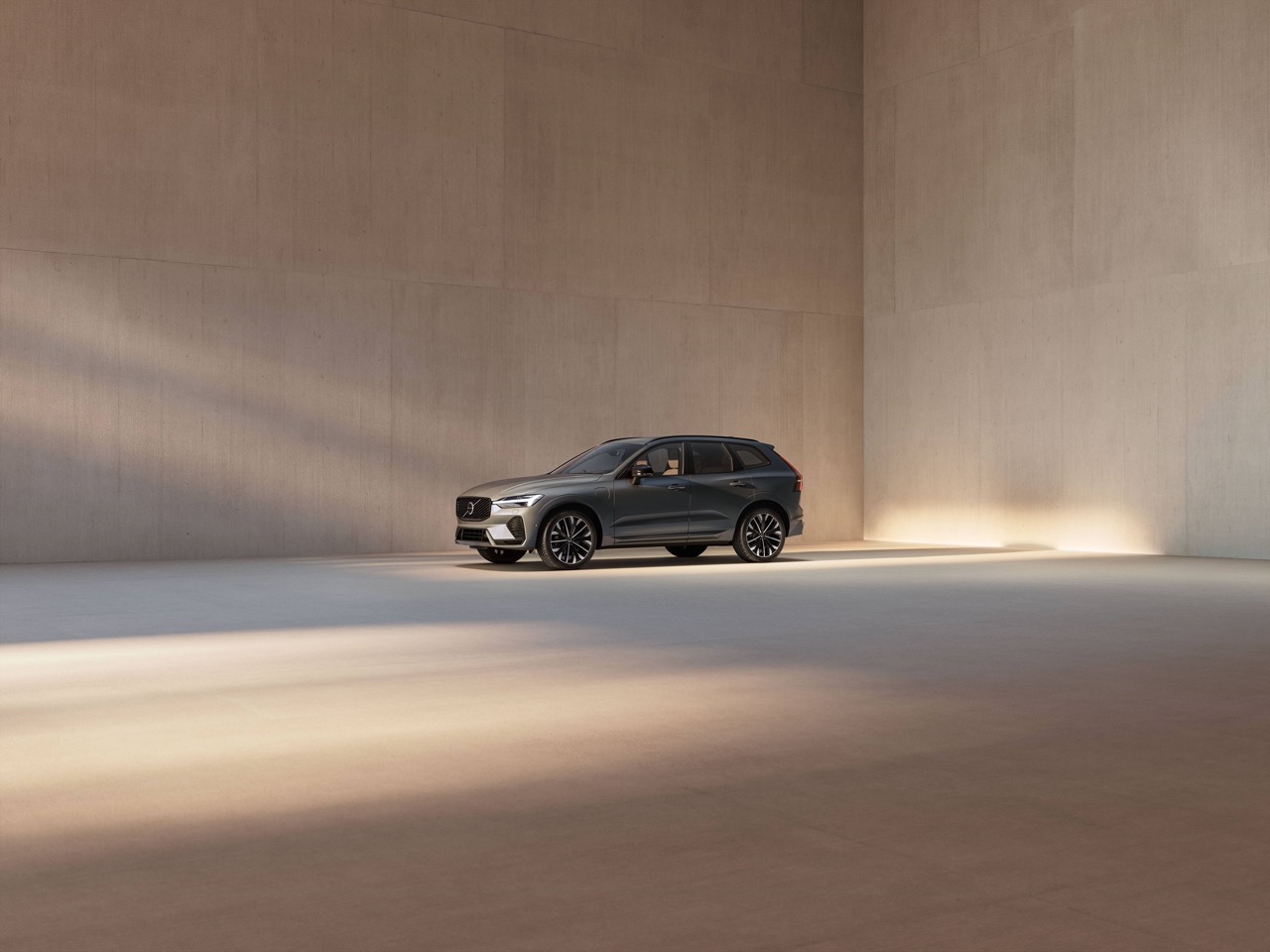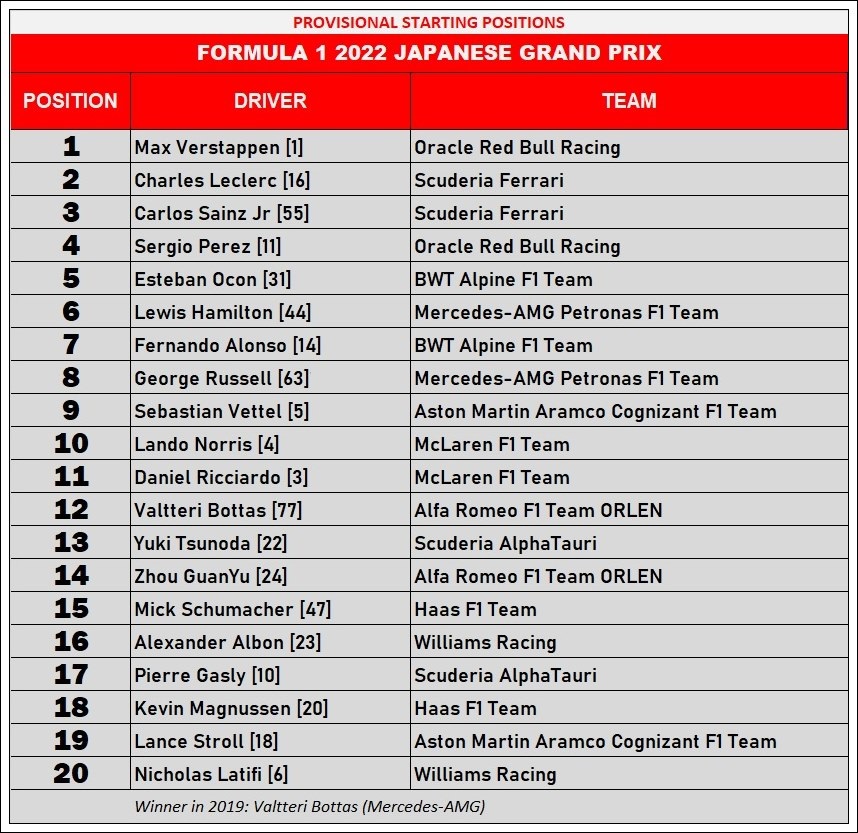
[UPDATED]
Max Verstappen is on pole position for the Japanese Grand Prix tomorrow, after an incident with Lando Norris was investigated and the Stewards decided to give him only a reprimand rather than any penalty which would affect his qualifying position.
If the Formula 1 teams were looking forward to a more comfortable environment after hot and humid F1 round in Singapore, they have been drenched again at the Suzuka Circuit in Japan where Round 18 of the Formula 1 World Championship is being held this weekend. But at least it’s cooler (low 20s compared to Singapore’s 30s) and certainly less humid (57% in Japan, 88% in Singapore).
Like Singapore, the Japanese Grand Prix could not be run during the past two years due to the COVID-19 pandemic. So instead of being the 38th Japanese F1 GP, it is the 36th time since 1976. Other than 2007 and 2008 when the Japanese event was held at the Fuji Raceway, the Suzuka International Racing Course (owned by Honda) has been the venue since 1987.
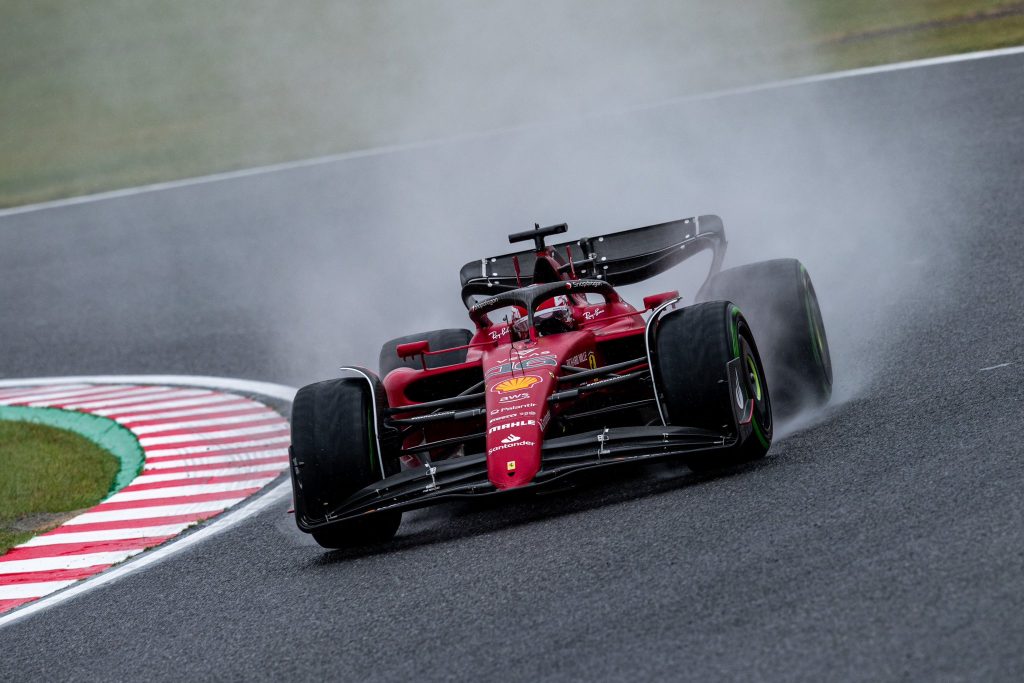
Suzuka, which opened in 1962, was originally built as a test track for Honda’s use and was upgraded to meet the FIA’s requirements as a F1 circuit in 1987. But even in its original form it already had high standards as Japan’s first full-scale international racing track. Soichiro Honda wanted the facility to not just be a racetrack for cars and motorcycles but also included a recreation facility for leisure and entertainment. It would become a mobility park with ‘motorized’ amusement rides, as well as a racing school to develop racers and enhance further advancement of the sport.

As there was a lack of experience in building a racing circuit, Honda looked at famous circuits in other countries as well as invited the designer of the Zandvoort Circuit in Holland, John Hugenholtz, to assist. The design that was chosen had an iconic feature of a ‘figure eight’ layout. To realize this meant having an overpass to cross over along a 1.2-km long straight. Suzuka is one of only two FIA Grade 1 licensed tracks to have such a layout, the other being the Fiorano Circuit in Italy. It’s also the only F1 track that runs both clockwise and anticlockwise.
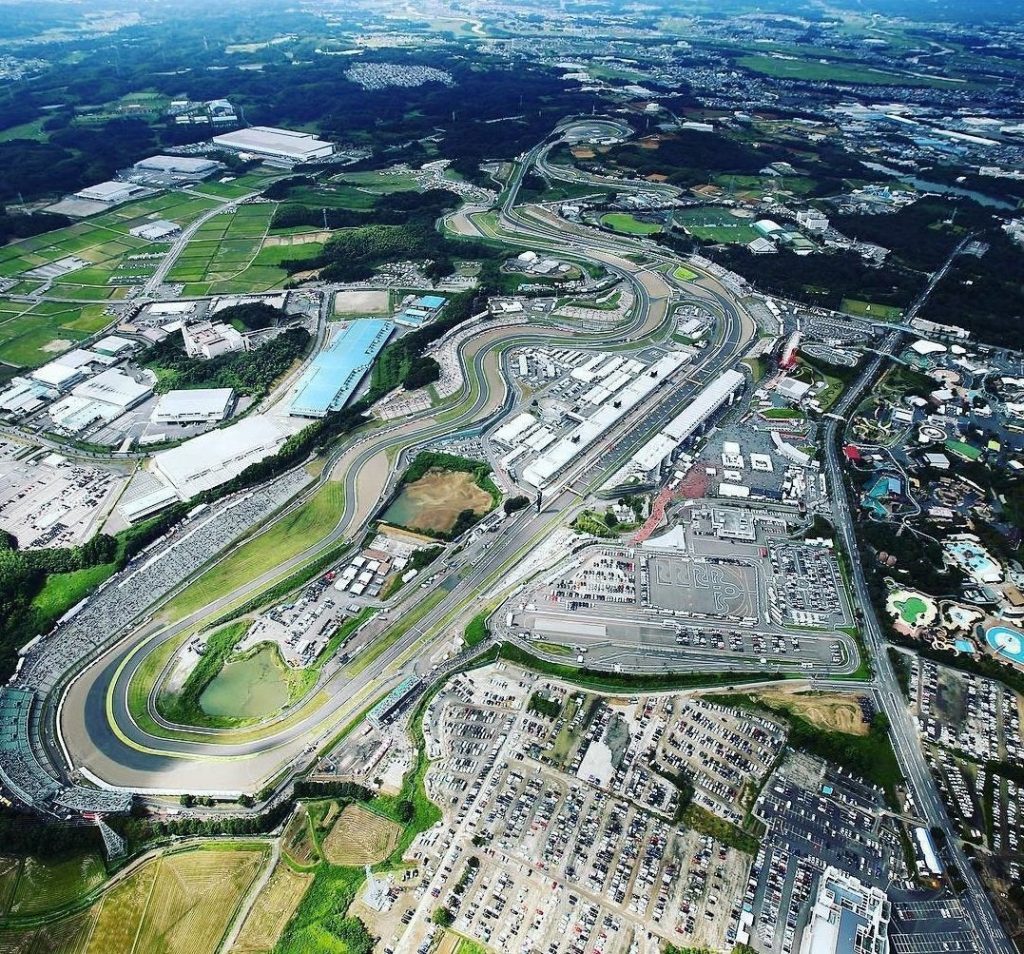
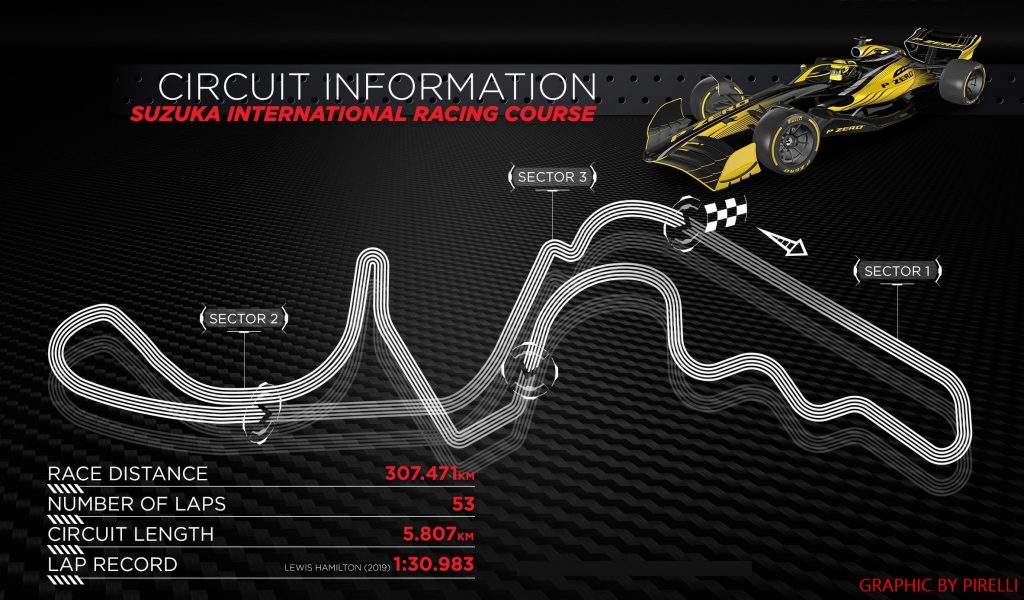
One lap of the track is 5.8 kms and there are 18 turns (10 being right-handers and eight being left-handers) but tyre wear is generally even as there is a good balance of right and left turns. The driver will be working the steering wheel continuously during almost all of the first sector of the lap. From Turn 1 until the exit of Turn 7, there is constant cornering for around 2 kms of each lap, with only about 1.2 kms of the lap spent driving in a straight line.
“Ask the drivers which are their favourite circuits and Suzuka will always be high on the list: it contains demanding corners like nowhere else, such as 130R and Spoon, as well as a truly special atmosphere and history with incredible fans,” notes Mario Isola, Motorsport Director of Pirelli. The teams love coming to Japan, especially with the famed Japanese hospitality, and the fans are also excited this year with having a Japanese driver – Yuki Tsunoda – on the starting grid after a long time. Incidentally, the Scuderia Alphatauri driver is a graduate of the Suzuka Circuit Racing School.
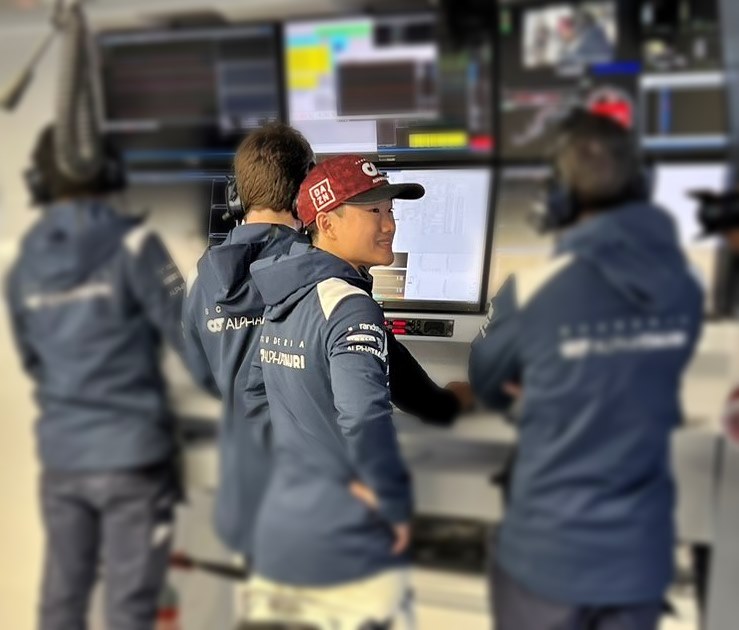
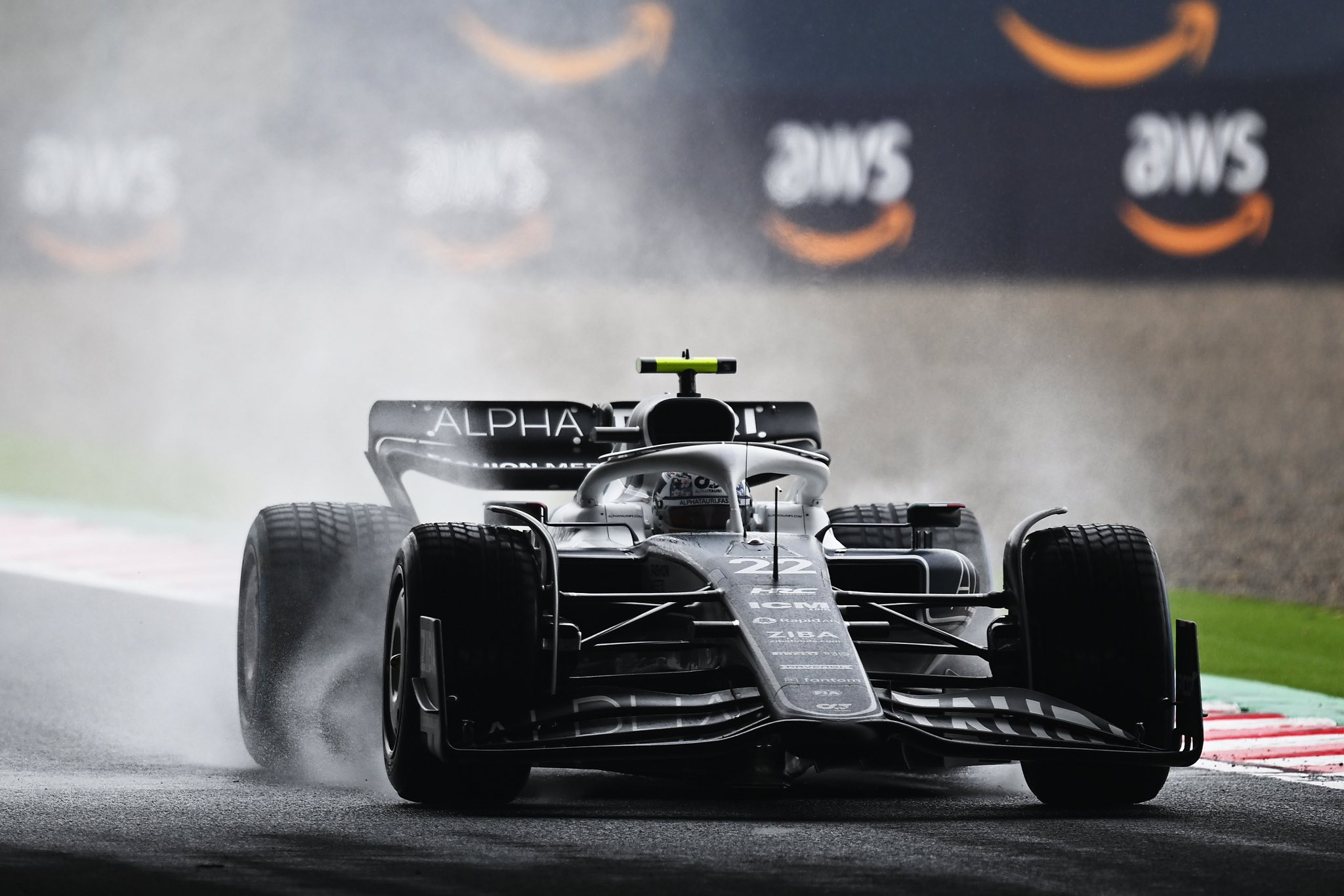
Of the track, Isola said that the sustained energy loads through the tyres are some of the highest registered all year, so Pirelli has brought the three hardest compounds in its range because of the high levels of tyre duty.
“The challenge at Suzuka is made even greater with the teams having to approach the circuit, weather conditions, and set-up in a completely new way with the latest generation of tyres and also heavier cars,” he said.
Isola revealed that Pirelli tested some 2023 prototype tyres during an extended free practice session yesterday. Data obtained will be considered as the engineers finalize the specification for next year with the end of this season approaching.
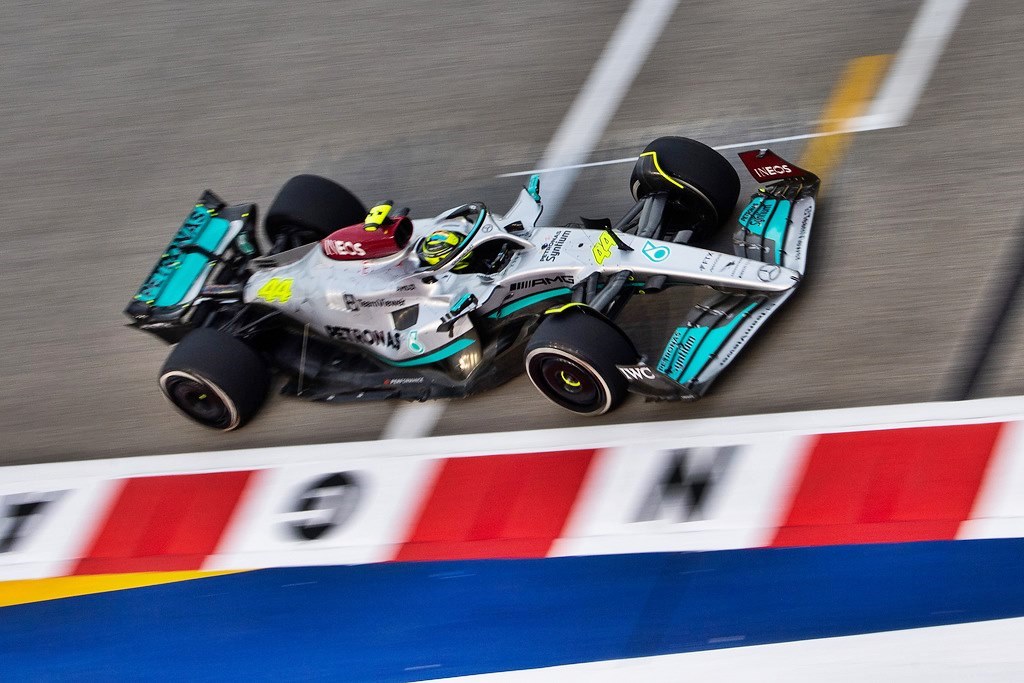
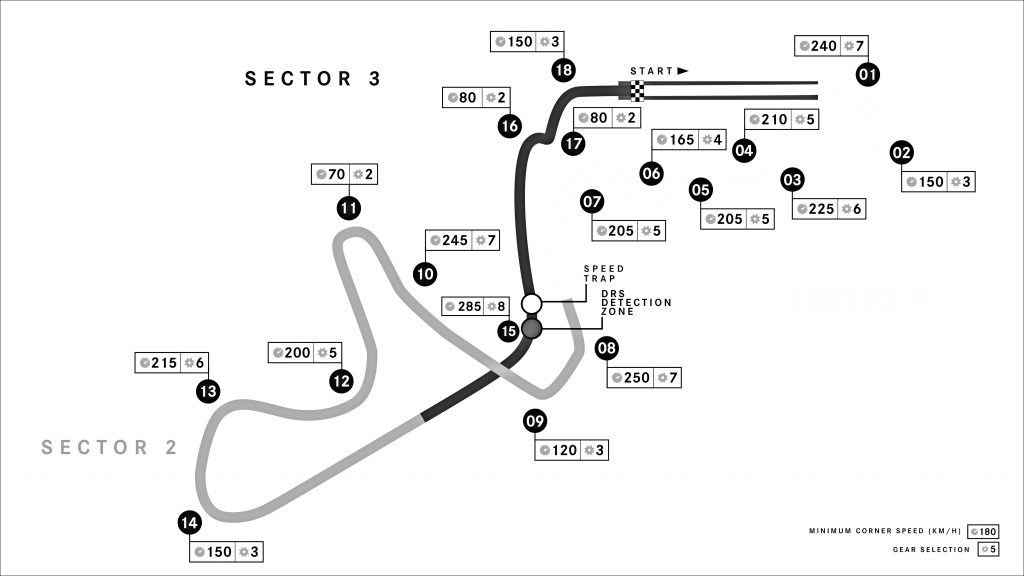
Suzuka is a very technical track, where a good flow is required because most corners are interconnected. One mistake will impact the next couple of turns. And whereas in Singapore, the brakes are punished, it is the complete opposite at Suzuka. There are only two real braking points on the track, making it one of the lowest of the season for brake duty and wear.
The braking zone for Turn 11 is challenging because the drivers are midway through the fast Turn 10 when they hit the brakes. They are cornering at around 3.5g when they start applying the brakes, while turning right and then left for the hairpin. This is why lock-ups are so common at this section of track.
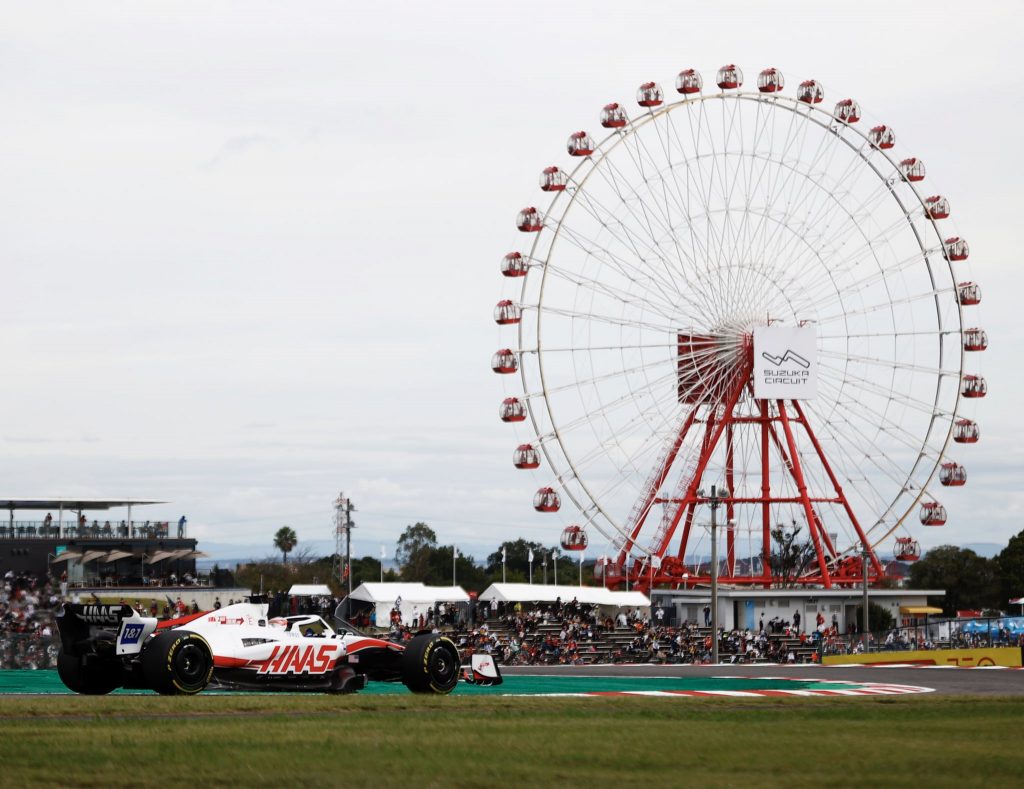
“This track is just beautiful to drive and it’s great to see the fans here again – and it will be even more fun in the dry,” said Mercedes-AMG’s Lewis Hamilton. “When you do your first lap of the weekend, it’s always special to think of all the legends that have been here; then you come up to the last chicane or Turn 1, thinking of Senna and Prost, and you realize what a privilege it is to drive at a place that has had so much history.”
The Japanese have seen Michael Schumacher on the podium at Suzuka the most times as he won 6 times between 1995 and 2004. Hamilton will match that record if he wins this weekend. As for teams, McLaren tops the list with 9 victories, followed by Ferrari.
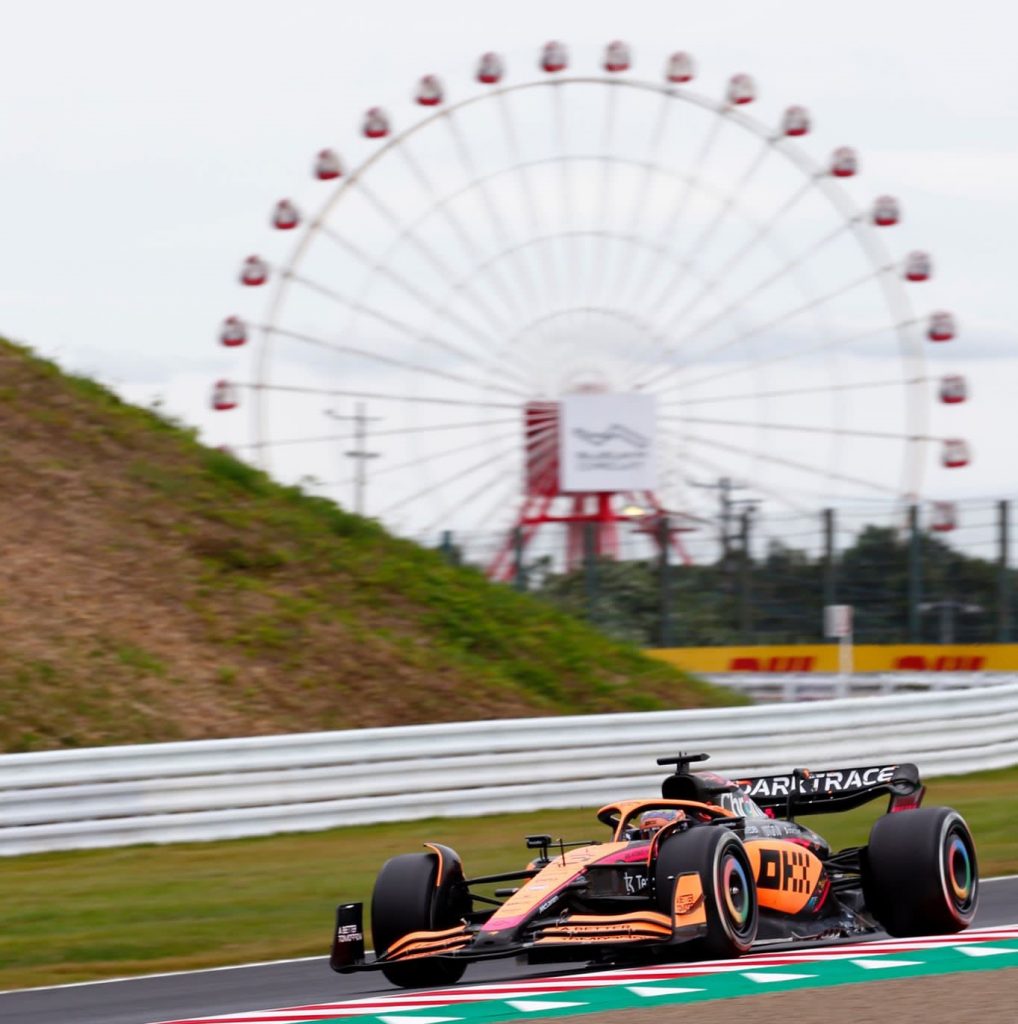
Having miss the opportunity in Singapore, Max Verstappen can claim the Drivers’ title in Japan. Only Sergio Perez and Charles Leclerc are now able to delay that confirmation. The Red Bull driver needs to outscore Leclerc by just 8 points, and Perez by 6 points and he will get his second title tomorrow. Pole position for the race makes him champion-elect, regardless of what his rivals do.
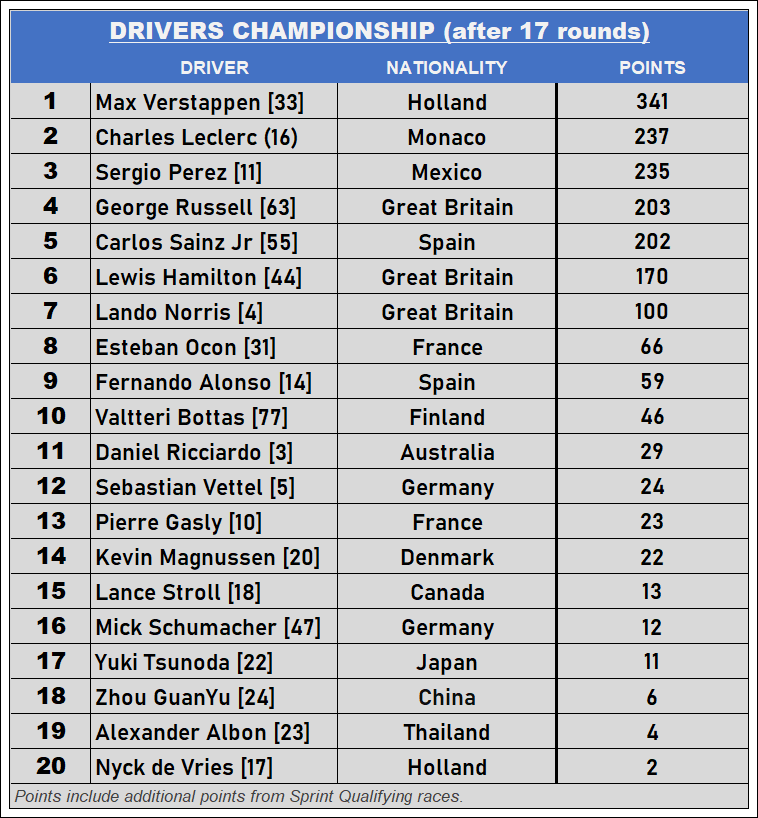
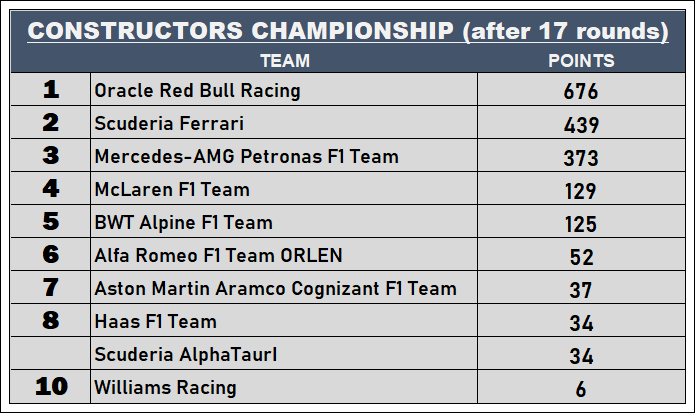
In the Constructors’ Championship, Ferrari outscored Red Bull Racing in the last round, the first time since the Austrian Grand Prix, keeping their faint title hopes alive. Starting the Japanese GP, they have 439 points, 66 points ahead of Mercedes-AMG, while Red Bull Racing has a strong lead with 576 points.





